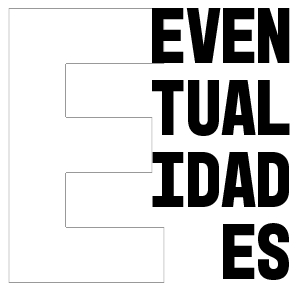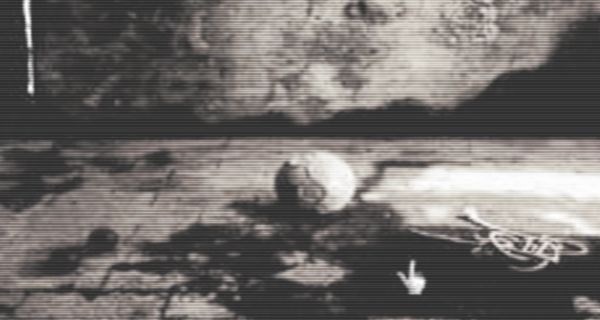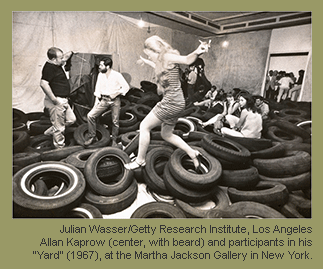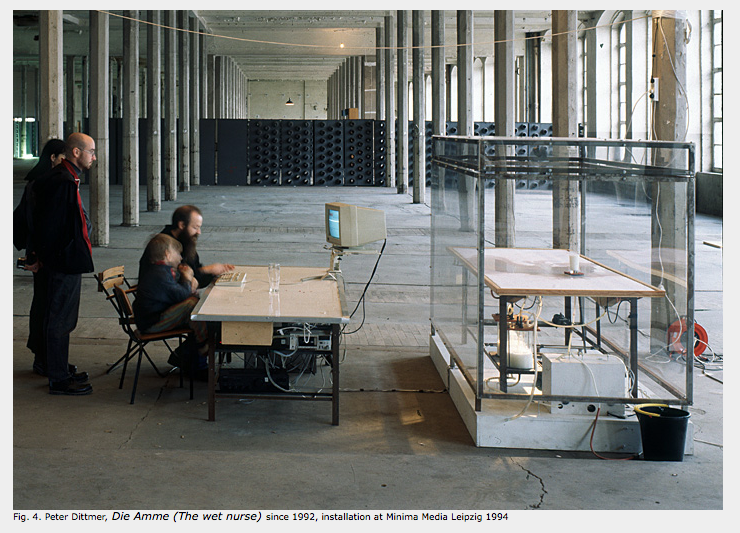_ Ideologia (Brecth) e Tecnologia (Turing) —> Sistemas abertos (Cage) e Sistemas fechados (Gates)
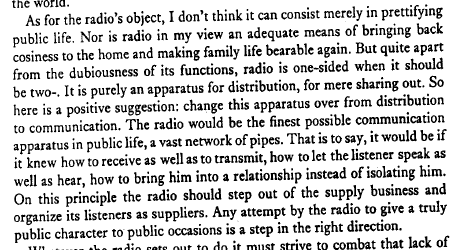
(Brecht, The Radio as Communication Apparatus)
http://www.medienkunstnetz.de/works/bertold-brecht/audio/2/
_ As mudanças de paradigma da interatividade (da participação à interação, com o surgimento de formatos baseados em tecnologias midiáticas que mudam de modelos de transmissão unidirecionais, para modelos reativos bidirecionais e sistemas que se ajustam a partir de inputs de dado)
_ Tipos de interação baseados em mídias
Exposition of Music / Electronic Television
Bruce Naumann: Live Taped Corridor
John Cage: Imaginary Landscape 4
Allan Kaprow: Yard
Andy Wahrol: Exploding Plastic Inevitable
Valie Export: Tap and Touch Cinema
Augusto de Campos / Julio Plaza: Livros Objeto
3nós3
palestra de Mario Ramiro na PUC
http://www.centrocultural.sp.gov.br/VIDEO_ARTES_VISUAIS_Arte_Acao_3NOS3.html
Interação com um vídeo através de múltiplas opções
(este também é o modelo do hipertexto que será discutido na próxima aula a partir do texto de Landow)
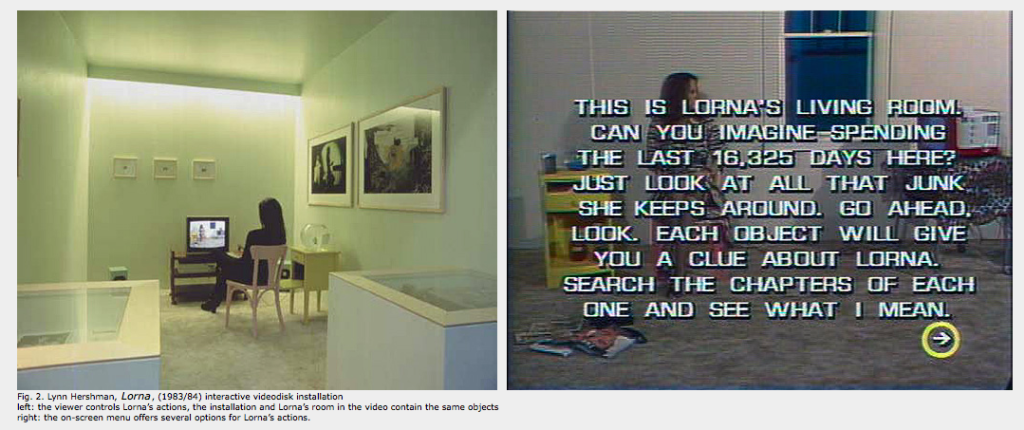
| https://vimeo.com/26729480 |
(exemplo com funcionamento similar a Lorna, em 7’25”)
Jean Louis Boissier: Flora Petrinsularis
Arlindo Machado: Ensaios sobre a Contemporaneidade
Philadelpho Menezes: Interpoesia
Nelson Brissac (org.): A cidade e seus fluxos
Kiko Goifman e Jurandir Muller: Valetes em Slow Motion
Laurie Anderson: Puppet Motel
——> White Lily (Home of the Brave)
O Korsakow System e os documentários navegáveis de Florian Talhofer
(por exemplo, The Love Story Project)
Interação com um um mundo de dados fechado e navegável
Jeffrey Shaw: The Legible City
“/…/ é necessário discutir uma das posições teóricas sobre o tema que aponta uma diferenciação fundamental entre o que é interativo e o que é reativo. Machado (1990), discutindo Raymond Williams, aponta para a necessidade de se distinguir os sistemas interativos daqueles meramente reativos. Um sistema interativo deveria dar total autonomia ao espectador (parece que esse não seria o melhor termo para ser usado no caso da televisão interativa), enquanto os sistemas reativos trabalhariam com uma gama pré-determinada de escolhas.” (Alex Primo)
“Boa parte dos equipamentos hoje experimentados ou já comercializados como interativos são, na verdade, apenas reativos. Os videogames, por exemplo, solicitam a resposta do jogador/ espectador (resposta inteligente em alguns casos; resposta mecânica na maioria dos outros), mas sempre dentro de parâmetros que são as ‘regras do jogo’ estabelecidas pelas variáveis do programa. Isso quer dizer que nas tecnologias reativas não há lugar propriamente a respostas no verdadeiro sentido do termo, mas a simples escolhas entre um conjunto de alternativas preestabelecidas.” (Williams, apud Primo)
Interação entre o corpo e um mundo de dados
Walicsky: The Forest
(http://www.waliczky.net/pages/waliczky_forest1-HTML5.htm)
David Rokeby: Very Nervous System
Daniela Kutschat e Rejane Cantoni: Op Era
Edmond Couchot e Michel Bret: Les Pissenlits
“Sistemas de dados com momentum que é aprimorado através da interação”
Interação baseada em diálogo
I should clarify the terms ‘conversation’ and ‘dialogue’ I have used so far. The encounter in question is with a machine ? a video screen and a computer-controlled videodisc (or a CD ROM in the present version). The conversation or dialogue one has with Marie is certainly not a real one, and the parameters ? the subject matters we can talk about, the different paths by which our dialogues unfold ? have been preset by the artist: But at the same time, the work constitutes a type of verbal interaction that has many of the characteristics of interpersonal exchange. We find co-present to each other two ‘subjects’, one virtual (Marie), one actual (the viewer). Both use linguistic indicators of persons, the pronouns ‘I’ and ‘you’, which mark and re-mark the enunciation and are also, according to Francis Jacques, (2) respectively, the actual and the virtual persons of the dialogic exchange. As the conversation unfolds, the interlocutors try to establish a common ground of understanding through ‘co-references’, using situational indexes to refer to the context of their conversation. These indeed are some features and elements we can find in real dialogues between two persons. (Jean Cagnon, Blind Date in Cyberspace, http://www.fondation-langlois.org/html/e/page.php?NumPage=158)
Paul Sermon: Telematic Dreaming
Agnes Hegedüs: Between the Words
Ptyx, de Mario Ramiro, Wilson Sukorski e José Wagner Garcia
http://www.eventualidades.net/?p=298
Satellite Arts Project
http://www.eventualidades.net/?p=295
“In the installations described so far, the visitor takes on a new role: not just viewer, but also performer. Yet this self-evident explanation of the term interactivity disregards a second, equally (if not more) important change in the viewer’s role. Due to the fact that most interactive installations allow only one viewer to act, he or she occupies a specific position and is a part of the work’s completion. They become ›exemplary viewers,‹ not just one viewer among many and no longer part of a group assembled in front of a work and walking around it at individual leisure. In the hi-tech simulations of the 1990s, the exemplary viewer acts as the link between data space and the real world. The meeting between visitor and mediated image in the closed-circuit video installations of the 1970s was comparable. In the Cyberspace installations, that element of self-duplication termed »video narcissism« by Rosalind Krauss in her analysis of 1976 produces the symbolic loneliness of the viewer in virtual space. [50] The same applies to telecommunications projects in which two viewers are placed in relation to each other but the actual fascination is due precisely to the insurmountable spatial and physical separation that accompanies the intensive connection.” (Dieter Daniels, Strategies of Interactivity)
“The Greek myth of Narcissus is directly concerned with a fact of human experience, as the word Narcissus indicates. It is from the Greek word narcosis, or numbness. The youth Narcissus mistook his own reflection in the water for another person. This extension of himself by mirror numbed his perceptions until he became the servomechanism of his own extended or repeated image. The nymph Echo tried to win his love with fragments of his own speech, but in vain. He was numb. He had adapted to his extension of himself and had become a closed system.
Now the point of this myth is the fact that men at once become fascinated by any extension of themselves in any material other than themselves. There have been cynics who insisted that men fall deepest in love with women who give them back their own image. Be that as it may, the wisdom of the Narcissus myth does not convey any idea that Narcissus fell in love with anything he regarded as himself. Obviously he would have had very different feelings about the image had he known it was an extension or repetition of himself. It is, perhaps, indicative of the bias of our intensely technological and, therefore, narcotic culture that we have long interpreted the Narcissus story to mean that he fell in love with himself, that he imagined the reflection to be Narcissus!
Physiologically there are abundant reasons for an extension of ourselves involving us in a state of numbness. Medical researchers like Hans Selye and Adolphe Jonas hold that all extensions of ourselves, in sickness or in health, are attempts to maintain equilibrium. Any extension of ourselves they regard as “autoamputation,” and they find that the autoamputative power or strategy is resorted to by the body when the perceptual power cannot locate or avoid the cause of irritation. Our language has many expressions that indicate this self-amputation that is imposed by various pressures. We speak of “wanting to jump out of my skin” or of “going out of my mind,” being “driven batty” or “flipping my lid.” And we often create artificial situations that rival the irritations and stresses of real life under controlled conditions of sport and play.
While it was no part of the intention of Jonas and Selye to provide an explanation of human invention and technology, they have given us a theory of disease (discomfort) that goes far to explain why man is impelled to extend various parts of his body by a kind of autoamputation. In the physical stress of superstimulation of various kinds, the central nervous system acts to protect itself by a strategy of amputation or isolation of the offending organ, sense, or function. Thus, the stimulus to new invention is the stress of acceleration of pace and increase of load. For example, in the case of the wheel as an extension of the toot, the pressure of new burdens resulting from the acceleration of exchange by written and monetary media was the immediate occasion of the extension or “amputation” of this function from our bodies. The wheel as a counter-irritant to increased burdens, in turn, brings about a new intensity of action by its amplification of a separate or isolated function (the feet in rotation). Such amplification is bearable by the nervous system only through numbness or blocking of perception. This is the sense of the Narcissus myth. The young man’s image is a self-amputation or extension induced by irritating pressures. As counter-irritant, the image produces a generalized numbness or shock that declines recognition. Self-amputation forbids self-recognition. (McLuhan, The Gadget Lover)
Abordagens rumo à coletividade em espaços midiáticos
Van Gogh TV
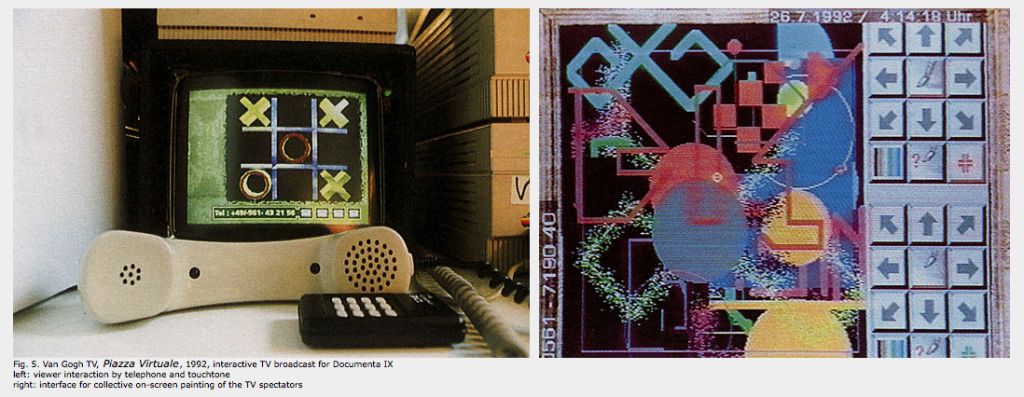
Paik: Good Morning Mr. Orwell
(4’30” _ apresentação da proposta; 36’00” Merce Cunningham explora o delay da transmissão via satélite para “dançar com ele mesmo”; Charlotte Moorman 50’00”)
Interatividade e a Internet
(será retomado depois da discussão do texto de Landow sobre como as tecnologias de hipertexto
reconfiguraram as formas de escrita)
